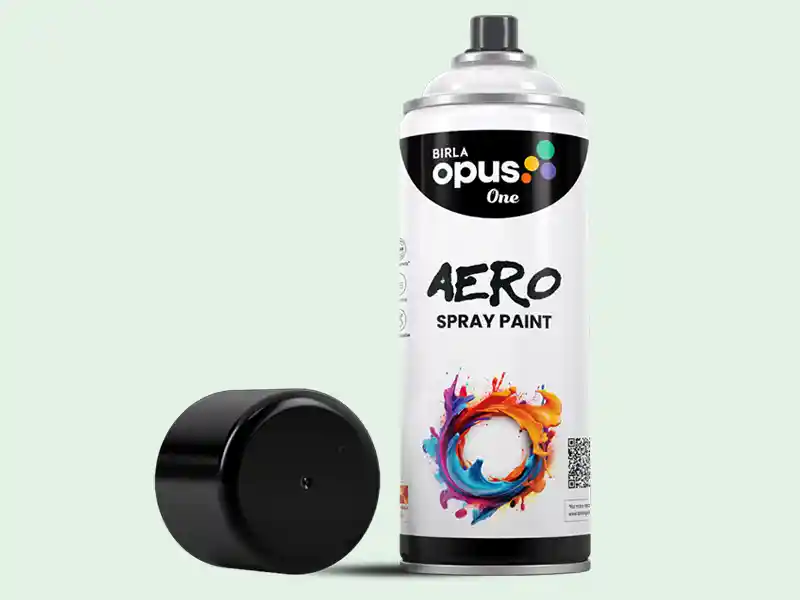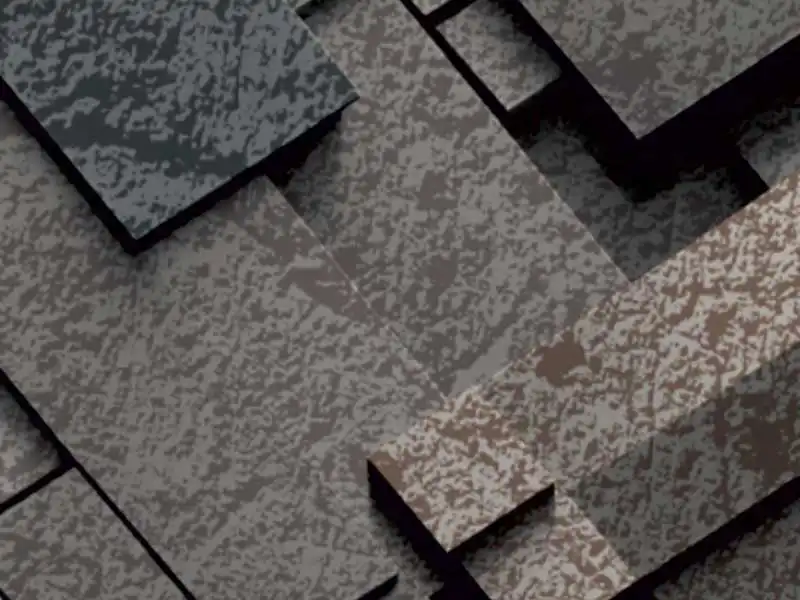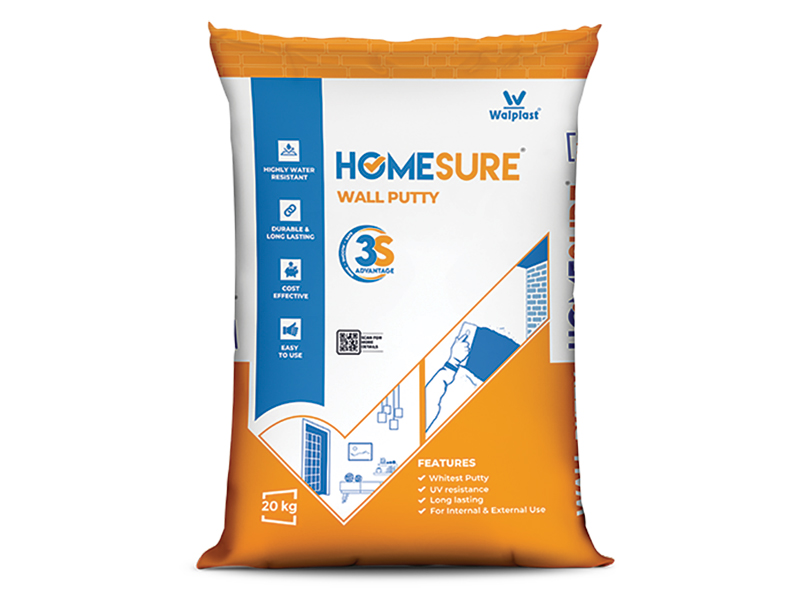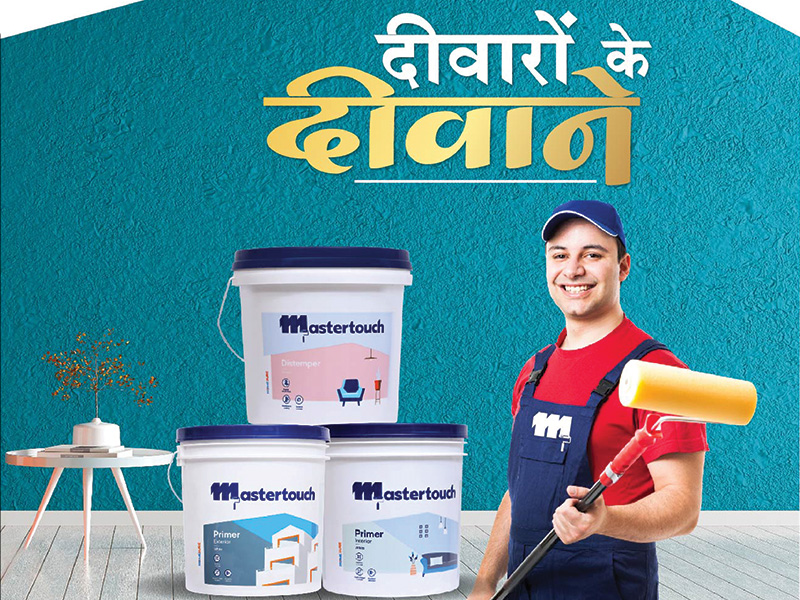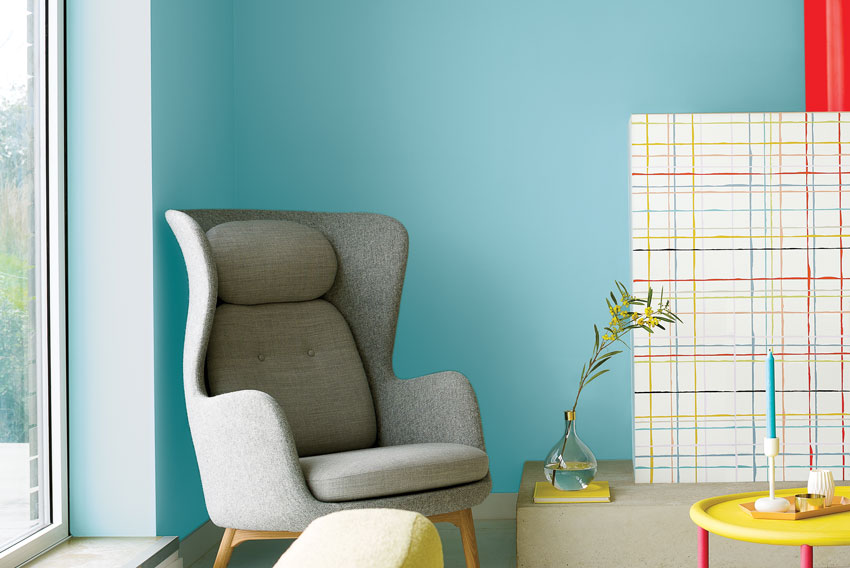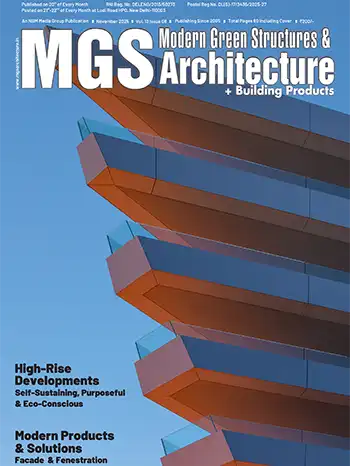"The whole world, as we experience it visually, comes to us through the mystic realm of colour."
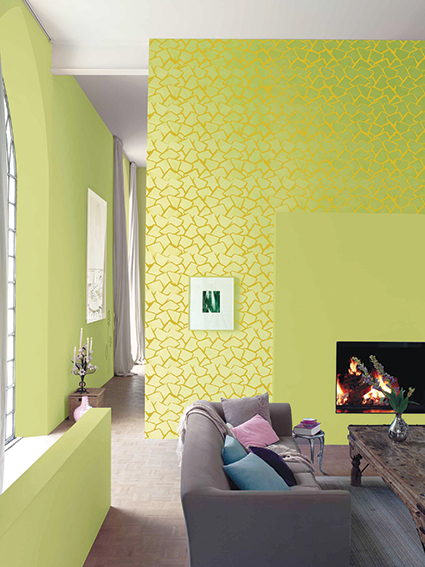
The diversity available in the paints market is plethora and is noticeable incase of their unexpected shades, manifold uses, varied applications, diverse strength, textures etc. Apart from this, a number of special wall treatments have also come to exist in paint application - stencilling, layered painting techniques (rag- rolling technique, sponging, marbling effect) and gliding treatments being some of them. The criteria of selecting a paint for any space is governed by many factors - the colour, durability, price, ease of application and more recently - the health consequences. Recently, California has initiated the paint recycling system through which unused paint is recycled and sold. This comes as a welcome initiative considering the hazards that leftover paints are associated with.

Mr. Manish Bhatia, General Manager, Marketing, Decorative Paints, Akzo Nobel India (maker of Dulux Paints in India) opines, "The consumer is now seen as maturing and considering the colour on their walls much beyond as a 'mere paint product'. Paints are being considered to express the consumer's personality. Such a trend has fuelled the demand for designer or fashion finishes."
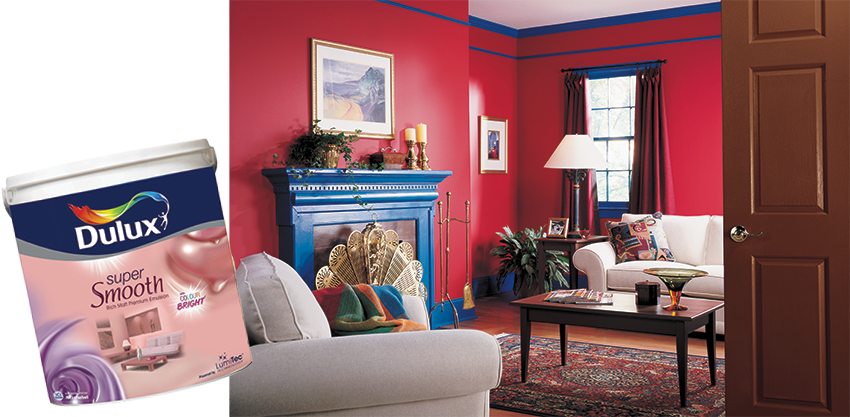
The Indian Paint Industry
India has become the fastest growing paint market of Asia-Pacific according to a report compiled in end 2012. Presently, the small consumption is being envisaged by the industry to be converted into a huge growth with the increased demand for paints in the decorative (distemper, cement paints, emulsion, enamel) and the industrial (powder coatings, protective coatings, automotive and coil coatings) segments. Out of these, the decorative paints dominate the paint industry.
Mr R K Lari, Head- Business Development, Larson Paints & Chemical Industries, a pioneer in architectural coatings opines that the Indian paint industry has come a long way from the days when paints were considered a luxury item. "Today the awareness level on providing additional strength & durability to walls through texture is creating a new horizon for Texture Paint Industry. A boom in the Indian housing sector, increasing urbanization, easy availability of housing loans and a shift from semi-permanent to permanent housing structures have been driving growth in the architectural paints segment", he elaborates.
Types of Paints
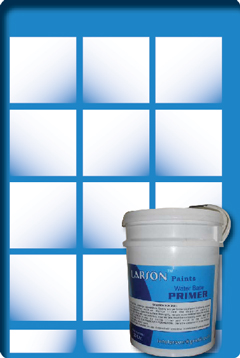
Paints in the architectural and interior field include those for external and interior walls, for metal and for wood surfaces. Paints for walls include distemper (an economical water-based paint), emulsions (also called latex paints - a superior form of water-based paints that are washable and provide a rich matt finish to the walls) and textured paints (for decorative purposes, highlighting a wall, ceilings, concealing flawed surfaces). Emulsions are considered to be the fastest growing segment of the paint industry. Different finishes for wood surfaces include enamels (a oil-based paint that is washable and glossy), opaque finishes and clear finishes. While opaque finishes result in a high-gloss, tough and scratch proof coloured wood; clear finishes (varnishes - a paint that resembles oil paints but doesn't contain coloured pigments and provides a transparent film when dry) take on the function of being protective coatings.
Larson Paints has a number of surface texture and designer paints. While in surface texture they have in rustic, marble, and spray; their varied palette of designer paints offer combing, granules, stucco, and mud finishes.
Specific paints are also available in the market according to the utilities they offer. Acoustic paints (for acoustic tiles), drip less paint (a thicker paint apt for ceilings), alkyd resin paints (for doors and areas that are used more frequently), rubber base paints (for concrete and bricks), functional paints (with an inbuilt and non-toxic mechanism with specific functions like eliminating insects, fungus etc), enamel (used on metal surfaces, interior and wooden surfaces), lacquer (for metal work like brass) and cement paints (special paint coating for masonry and cement-based materials) are some of the many different kinds of paints.
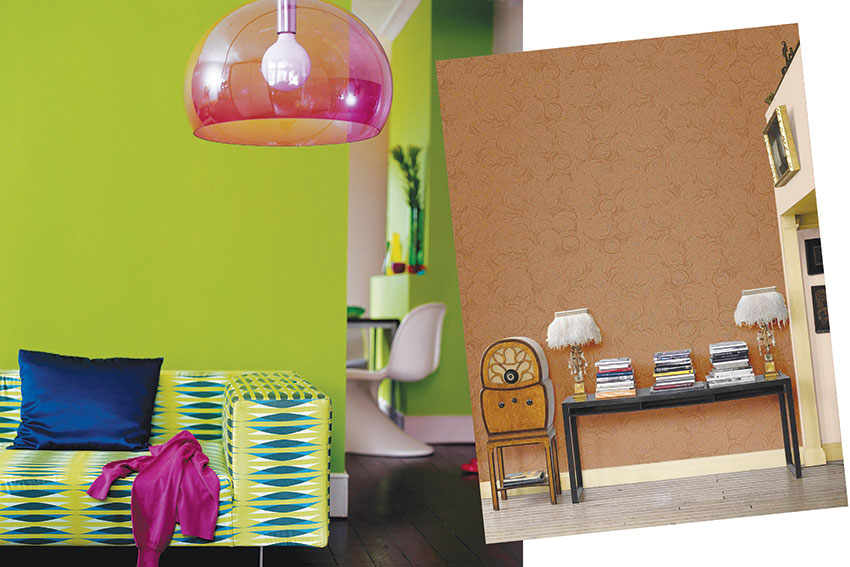
Kansai Nerolac Paints Ltd, a world class provider of paints has a number of products for interiors (Impressions metallic designer finish, Impressions disney special, Impressions 24 carat premium emulsion), exteriors (Excel anti peel emulsion, Suraksha plus with colour lock technology), woods (Wonderwood Mel mine, Wonderwood clear lacquer) and metals (Satin enamel, Synthetic enamel).
New Trends in Paints
In the category of decorative paints, Dulux Velvet Touch Pearl Glo, a paint with the glow of pearls and touch of velvet, has a unique rich coating giving a rich and luxurious feel. The company has also come forward with paints that help in energy conservation. Dulux Super Smooth Colour Bright (available in 40 unique bright colours) is a light reflecting interior emulsion to brighten up any living and working space area. Dulux WeatherShield SunReflect is a high quality 100% acrylic-based solar reflective emulsion which minimizes building heat gain and helps in keeping the surface upto five degrees cooler. It is also equipped with a unique colour-lock technology that helps preserve colour and prevents film deterioration from infra-red rays.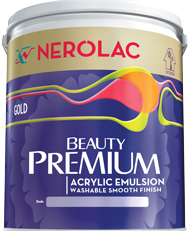
Hence today, paints that are low in VOC are available that help in improving the indoor air quality, are durable as well as have a clean washable finish. Latex, recycled latex, acrylic and milk paints are the paint types that have low VOC's. These low VOC paints are beneficial not only to the inhabitants, but also to the painters. According to studies conducted by the World Health Organisation, painters have a increased risk of a range of cancers and a specifically increased risk of lung cancer, in particular. To eradicate VOC totally, eco-paints with zero VOC have also hit the market. Besides being odourless, they can be cleaned with water and can be tinted to any preferred colour.

Besides low and zero VOC paints, natural paints using natural raw ingredients like water, plant oils and raisins, plant dyes and essential oils are also used. The odour is also eliminated - incase of odourless water-based natural paints and is replaced by a pleasant fragrance in oil-based natural paints. However in this case, colour choices stay limited, and the durability is comparatively shorter.
There are varied wood coatings reflecting style and grandeur in the market today. Akzo Nobel India, the largest global paint and coatings company maintains that the Indian market has noticed a foreseen shift of consumer preference from traditional varnish and Nitro-Cellulose finishes towards Melamine and Poly-Urethane finishes, which provide better durability and aesthetic finish to the wooden surface. Their experience has seen customers asking for safe, eco-friendly, faster drying wood coatings for their homes since water based wood coatings (which are safe for health and environment with practically no side effects or odour) will help consumers re-occupy rooms faster. Apart from the above, there is also an increasing usage of opaque finishes. Some consumers are going in for textured/high end finishes for specific wooden furniture to create a focus point in the room.
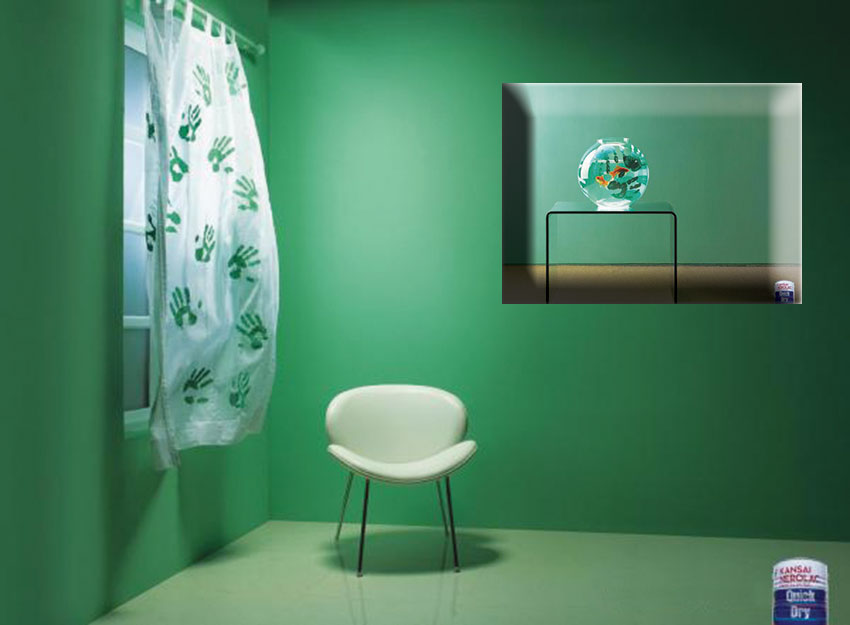
Dulux Paints have also launched an anti-bacterial and environment friendly paint, Dulux Guardian - the only paint in India to be certified by an independent laboratory for protection against six bacteria that cause health problems like diarrhoea, blood poisoning, lung infections and intestinal infections.

Going a step further, scientists in US carried out a research last year through which they have planned to introduce an inexpensive solar paint which uses semi- conducting nano particles to produce energy. Called the 'sun believable solar paint,' the paint will make use of solar power to generate electricity.
Though eco-friendly paints or Green Painting (using eco-friendly paints) are priced at much higher costs than traditional paints (the gap between them gradually reducing) but in the longer run keeping the safety and maintenance in mind, they prove to be a much viable option. Also with eco-friendly paints, there is a better gloss retention, reduced waste and improved durability. Eco-friendly paints exist for interiors as well as exteriors, though the range available in exteriors is lesser.
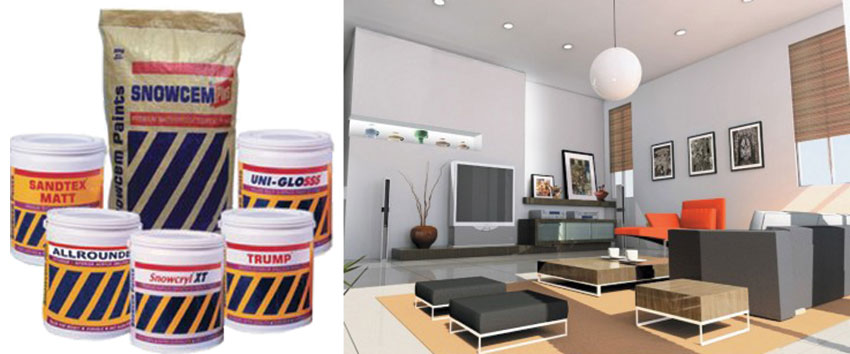
Future Trends
The future is likely to see water-based paints and coatings take over solvent- based coatings totally. However, this trend is anticipated to take time due to the high cost of water-based paints. Akzo Nobel, in their recent annual global patented colour study of the year 'Colour Futures 2013', has predicted Indigo as the colour of 2013. This study is conducted by the Akzo Nobel Aesthetic Center team that draws on a variety of sources from research groups, colour marketing and trade and retail exhibitions, to design influences from the worlds of fashion, technology, architecture, popular culture and emerging social and economic trends.Foreseeing the future trends in paints Mr Singh says, "Consumers have and will continue to become more vigilant about the health hazards caused by paints. In other words, the eco-friendly category is only going to grow stronger and prominent. We also think that that the trend do-it-yourself will fast catch the fancy of consumers. End-users are getting more involved in purchasing the paint rather than relying on their contractors."
Agreeing to the green revolution dominating the market, Mr Manish Bhatia also emphasizes on the current demand of textured finishes. "Indian consumers nowadays are getting more involved in the painting process and are expecting extremely high standards of service and innovative products by paint companies. They are now looking at end-to-end solutions that not only involve modern designs and textures coupled with robust product features but an overall faster application process," adds Mr Bhatia.
Experience centres and one-stop shops providing all paint/colour related solutions also assist customers in understanding the latest trends and colour combinations. One can see the rise of these centres as seen with Nerolac Home Stylers and Dulux Decorator Centre (DDC) networks.

